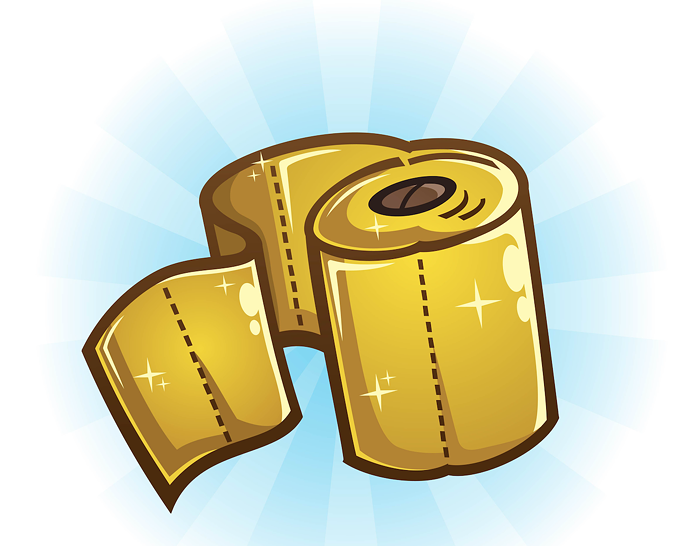The Histories of Cannabis and Race Are Intertwined
How Imperialism Almost Erased the History of Our Favorite Plant
Weed in the Water
Tarukino’s Cannabis Waters are Making Their Way to Oregon This Summer
The Chronic (Pain): Five Edibles I Ate to Self-Medicate
Here's What Worked and What Didn't
Vape Up or Ship Out: Two of Our Favorite Vaporizers
Evaluating Mr. Hotbox and the DaVinci IQ
Making Cannabis Extract at Home with the Source Turbo
(Bonus: You Won't Blow Yourself Up!)
The Leafly Guide to Cannabis Is Dope
Finally, a Pot Primer Worth Recommending
Tips to Take the Edge Off When You’re Too High
“Don’t Be Concerned. It Will Not Harm You.”
A Potpourri of Cannabis Product Reviews
Get It? Pot-pourri? Eh? Eh? Ohhh, We Are Fun, Aren't We.
A Cannabis Cinema Crash Course
Forget the Dopey Comedies: Feed Your Stoned Brain with These Nutzoid Films
Let’s Get Stoned with Bilbo and Chewbacca!
Everything You Need to Know About Pipe-Weed, Death Sticks, and Other Made-Up Drugs
Leafly is an app and website that, along with Weedmaps, should be fairly well-known to cannabis consumers, whether they be medical or recreational. Based in Seattle, Leafly is great for finding nearby dispensaries, and can show you the menus, prices, and customer reviews of individual businesses and their products. And Leafly’s super popular, receiving 13 million monthly visitors and 40 million page views on both its app and website platforms combined. Yet for many, myself included, the real value lies in Leafly’s “News,” “Strains,” and “Products” sections.
The content in the "News" section is well researched and written—a great way to keep up with all that’s happening around the globe with cannabis. But the “Strains” and “Products” sections are goldmines of information. With “Strains,” you can sort through hundreds, if not thousands, of types of herb, and filter your search by strain name, medical conditions, “moods & activities,” and nearly a hundred other filters. With user reviews and rundowns of benefits and effects, it’s a comprehensive repository of information that you would otherwise need a number of different sites to compile. The “Products” section is similarly useful.
Now Leafly has assembled a “book,” which, for the post-millenials, is like a super analog Kindle, from which you can consume content, but it uses dead tree pulp to make “pages” that you “turn” using your “fingers.” It’s kind of like swiping. Ask your parents.
Full disclosure: The box that came from Leafly with review copies of this book also included stickers, pins, and socks. As I’m not a six-year-old (at least not on the outside), I gifted the stickers and pins and kept the socks, the only item I might perceive as bribe-worthy. More importantly, I’ve written for Leafly myself in the past. However, I solemnly swear no predisposed favoritism towards this book, even though the company that produced it gave me a couple of pairs of socks. If you have an item you would like to be considered for review, please do not include socks with the expectation that it will garner you a review.
So, that said: I’m in love with this book. It’s rare that you find a cannabis guide that would be of interest and have value to both the neophyte and seasoned veteran. Often, cannabis books are too focused on just one area, or are nothing more than pot-porn tomes with lots of pictures of very pretty buds and plants. I like pretty, too, but substance always trumps it. And this is a substantive book.
I’ve been loaning out copies to my OMMP patients, as the book could conceivably answer any questions they might have, not to mention provide better information. The chapters include:
• “Understanding the Basics”—Covering cannabinoids, terpenes, genotypes and phenotypes, and tips for beginners.
• “Smoking”—How a grinder works, how to pack a bowl, what is shake, and the difference between joints, blunts, and spliffs.
• “Edibles, Topicals, Oils and Concentrates, Buying and Consumption”—Helpful tips, with even a troubleshooting section on what to do if you get too high.
The Leafly Guide to Cannabis is a hefty 230 pages, but well sized and beautifully produced. Tons of color photos make the science easier to understand—and it is science heavy, albeit extremely accessible. The authors help the reader appreciate and understand cannabis in ways they have never known or may have forgotten. Example: “If you find yourself combating paranoia and anxiety... and too much cannabis has you on the verge of freaking out, just sniff or chew on a few black peppercorns for almost instantaneous relief.” I did not know this, but I’m now including a small container of peppercorns in the cannabis I provide to patients who are prone to those types of unpleasant side effects of consumption. For those using cannabis to treat PTSD or geriatric patients with limited experience, this can be an easily accessible safety valve.
As with anything that has been demonized and prohibited, education and experience is how cannabis is gaining wider understanding and acceptance. This book is a great tool to that end.
The Leafly Guide to Cannabis: A Handbook for the Modern Consumer
by the Leafly Team (Twelve Publishing)












